Key Vitamins & Minerals for Older Adults
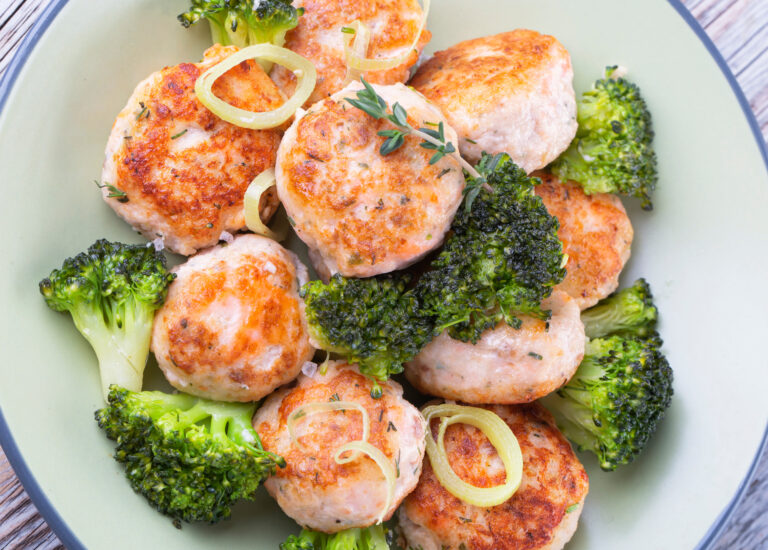
Key Vitamins and Minerals for Older Adults
Vitamins and minerals are essential for good health and disease prevention.
They are classified as micronutrients because they are needed by the body in small amounts, but they are vitally important. Most vitamins and minerals are obtained from the food we eat, but a few can be made in our bodies.
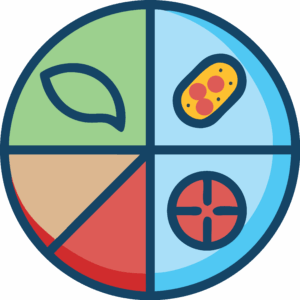 Vitamins: organic substances from plants or animals and classified as water-soluble or fat-soluble.
Vitamins: organic substances from plants or animals and classified as water-soluble or fat-soluble.
Minerals: inorganic elements present in soil or water that are absorbed by plants or consumed by animals.
Energy requirements are lower for older adults, meaning we need fewer calories each day. Eating less food may make it more challenging to meet our micronutrient needs. With age, our bodies become less efficient at absorbing vitamins and minerals and some common medications can interfere with their absorption.
Getting vitamins and minerals from the food we eat is preferred to using dietary supplements. Dietary supplements are regulated by the Food and Drug Administration (FDA) as foods, not as drugs, even though some can interact with other medications and even have side effects like drugs. Taking supplements should not be a substitute for eating a healthy diet. When we obtain vitamins and minerals from nutrient-rich foods, we also get other beneficial nutrients like fiber. In addition, there are some components naturally present in food that aid in the absorption of vitamins and minerals.
Some vitamins and minerals to focus on as we age include potassium, calcium, vitamin D, and vitamin B12.
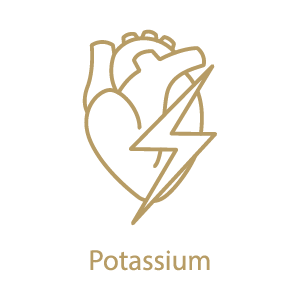 Potassium – essential for the proper function of your heart, kidneys, muscles, and nerves. Widely available in foods like fruits, vegetables, meat, and dairy products.
Potassium – essential for the proper function of your heart, kidneys, muscles, and nerves. Widely available in foods like fruits, vegetables, meat, and dairy products.
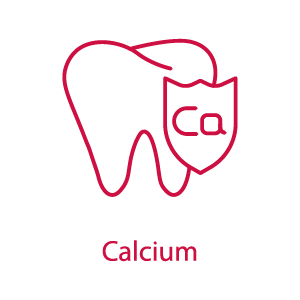 Calcium – important for strong bones and teeth. Found in dairy products, dark-green leafy vegetables, soybeans, canned sardines and salmon with bones, and calcium-fortified foods.
Calcium – important for strong bones and teeth. Found in dairy products, dark-green leafy vegetables, soybeans, canned sardines and salmon with bones, and calcium-fortified foods.
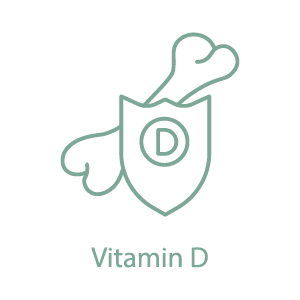 Vitamin D – helps the body absorb calcium. Some produced by the body in the skin through sunlight exposure. Food sources include fatty fish, fish liver oils, fortified dairy products, and fortified cereals.
Vitamin D – helps the body absorb calcium. Some produced by the body in the skin through sunlight exposure. Food sources include fatty fish, fish liver oils, fortified dairy products, and fortified cereals.
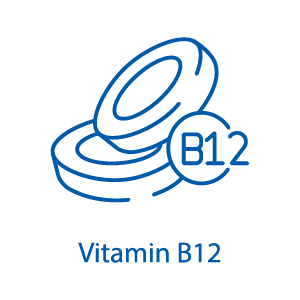 Vitamin B12 – used to make and support healthy nerve cells. Some B12 made by the beneficial bacteria in the large intestine, but the majority comes from diet. Absorption decreases with age and with some medications. Dietary sources include poultry, meat, fish, dairy, and some fortified products.
Vitamin B12 – used to make and support healthy nerve cells. Some B12 made by the beneficial bacteria in the large intestine, but the majority comes from diet. Absorption decreases with age and with some medications. Dietary sources include poultry, meat, fish, dairy, and some fortified products.
Try this budget-friendly, tasty recipe that is rich in the above vitamins and minerals. To further boost the micronutrients in the meal, serve with a dark green vegetable like broccoli or collards.

Salmon Balls
From health.maryland.gov, Farmers’ Market cookbook
Total time: 30 minutes
Makes 4 servings
Ingredients:
- 2 (6-ounce) cans boneless, skinless salmon, drained
- 3 tablespoons Italian or plain breadcrumbs
- 1 scallion, thinly sliced
- 1 large egg, lightly beaten
- 1 tablespoon low-fat plain Greek yogurt
- 1 tablespoon minced garlic
- Parchment paper or cooking spray
Directions:
- Preheat the oven to 400 degrees F. Line a large, rimmed baking sheet with parchment paper or spray with cooking spray.
- Combine salmon, breadcrumbs, scallion, egg, yogurt, and garlic in a large bowl; stir, breaking up the salmon, until well mixed.
- With clean hands, roll about 1 ½ tablespoons of the mixture into a ball; place on the prepared baking sheet. Repeat with the remaining mixture, making 18 to 20 salmon balls.
- Lightly coat the balls with cooking spray. Bake, turning once, until firm and golden, about 20 minutes. Serve with broccoli or another dark green vegetable for a more complete meal.
Note: If the salmon balls feel too wet or mushy, add ½ to 1 teaspoon more breadcrumbs to help them hold together.